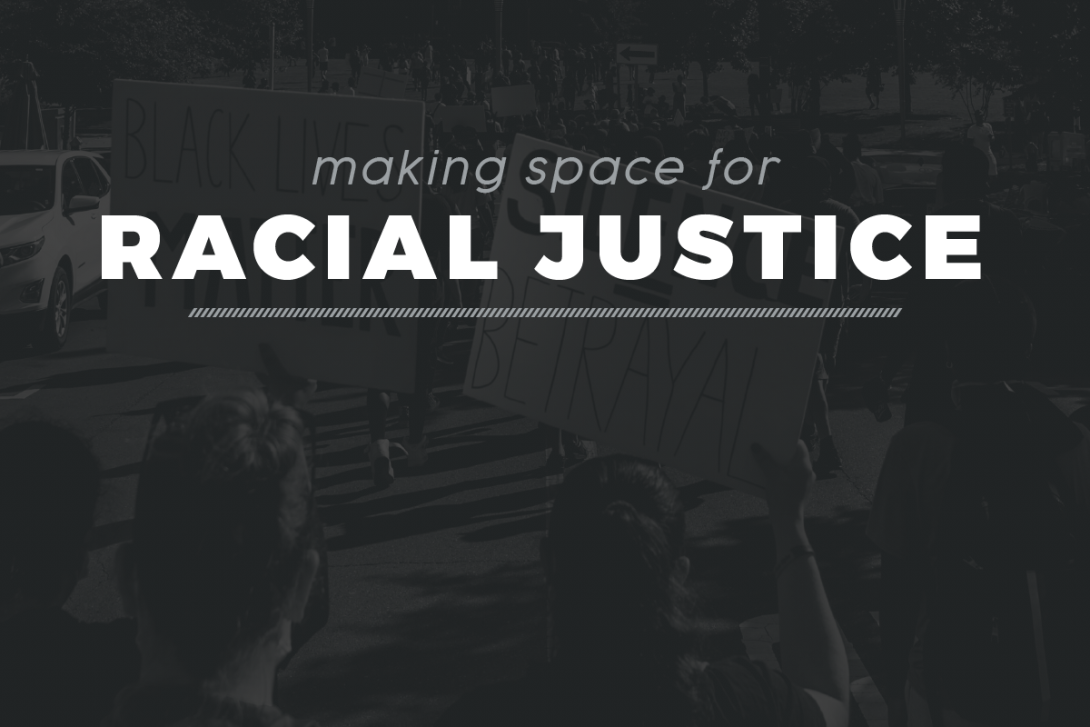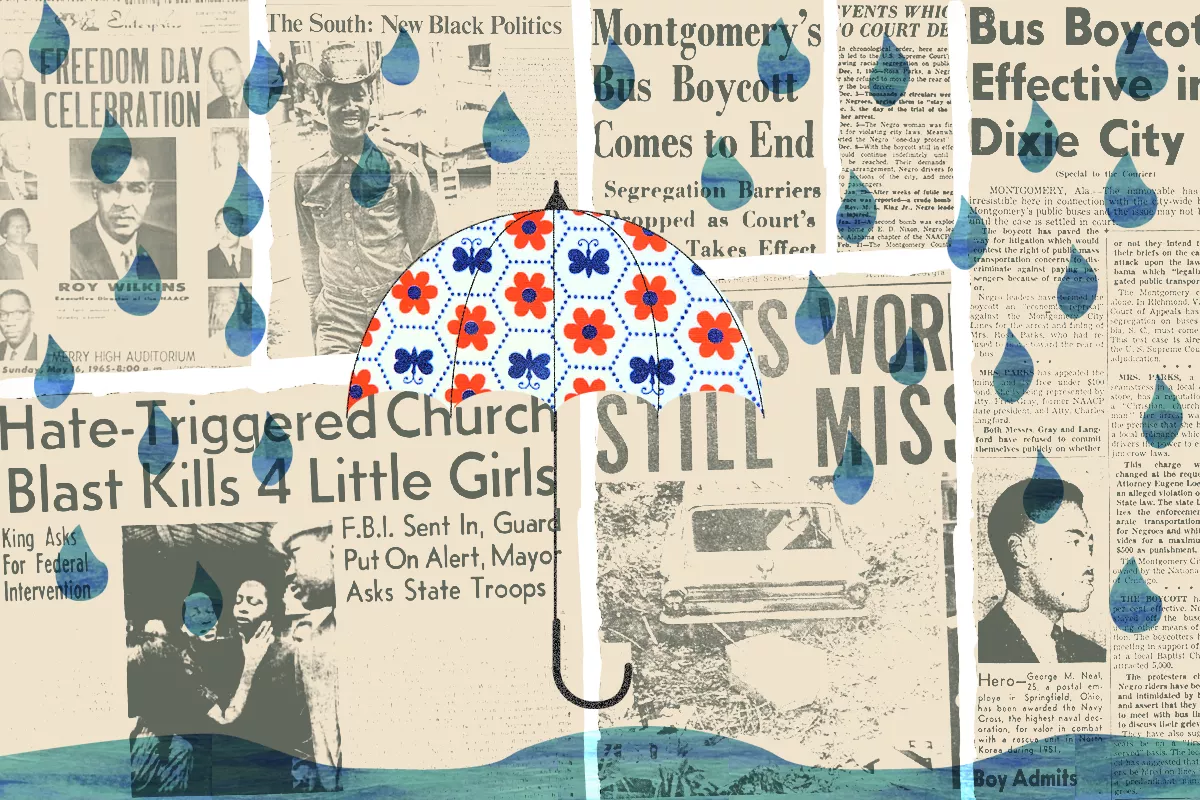The makeSPACE blog
RACIAL JUSTICE
Making space for racial justice
On June 5, 2020, I joined the Black Lives Matter protesters in Eugene at the courthouse and contributed my vocal cords and anger to the march through downtown and down 6th Ave. We screamed their names—George Floyd and Breonna Taylor—and gathered more bodies and voices along the route, calling for everyone to “Get off of your phone and out to the streets.”

On June 5, 2020, I joined the Black Lives Matter protesters in Eugene at the courthouse and contributed my vocal cords and anger to the march through downtown and down 6th Ave. We screamed their names—George Floyd and Breonna Taylor—and gathered more bodies and voices along the route, calling for everyone to “Get off of your phone and out to the streets.”
Before the march began, I listened to the voices of Black, Indigenous, and People of Color (BIPOC) who were leading the march and leading the efforts of the Black Led Action Coalition (B.L.A.C.) in Eugene. At one point, a speaker asked all BIPOC people to come forward and show their solidarity in front of the large proportion of White ally marchers. Throughout the seven years I have lived in Eugene and the Pacific NW, this was the first time I witnessed this many BIPOC people together in one place out in public. The experience was powerful. Their voices were beautiful and poignant, their rage and frustration igniting, and their requests for all of us clear.
They asked the White allies to simply listen and give space to the voices of the BIPOC who were present to share their lived experiences and educate us. They asked for us to imagine the experience of never feeling safe and free in public. They asked us to imagine the daily strain of being profiled as criminal, violent, untrustworthy, lazy, suspicious, and guilty-until-proven-innocent by store owners, police, and everyday strangers in public. They asked us to imagine the pain and anguish of the historic trauma and violence perpetrated against their ancestors, their family members, their friends, and their own bodies and minds. They asked us to not show up once and feel like our work is done. They asked us to contribute our talents and resources in every way possible and to become anti-racist by first doing the internal personal work of dismantling our own white supremacy. They asked to make our family members, our friends, our colleagues, and our public officials uncomfortable by calling out racist ideas, statements, and policies without hesitation. They asked us to stay deeply involved even when the protests end.
A foremost historian and thinker in our country, Dr. Ibram X. Kendi has written several far-reaching and informative books, most recently How to Be An Antiracist. In a recent podcast with Brene Brown, Dr. Kendi shared a metaphor that I found really helpful to understand the racism and white supremacy deeply rooted in each and every one of us. Perhaps, this metaphor can be helpful to others in a pedagogical role with students and young people at any age. Dr. Kendi said the racism we have all experienced and unconsciously internalized is like being rained on (with racist ideas around us) without ever knowing we were wet. When someone tells us that an idea or statement is racist, it’s like someone offering an umbrella and telling us we are wet, as we stand unaware of being soaked by the rain. It is time that we welcome the umbrella being offered generously by the BIPOC and white allies around us and to begin leaning into the discomfort of dismantling our own racism as a necessary step.

Dr. Ibram X. Kendi collaborated with Jason Reynolds on a new book for young audiences, Stamped: Racism, Antiracism, and You, to document the origin and proliferation of racist ideas that continue to rain down on us, our children, and our youth. This book can be a great place to start with students to deepen understanding. There is also a great teacher or parent guide to use to help make sense of the material in the different contexts we live in.
As we enter into summer break, the timing couldn’t be better to dismantle white supremacy in our curriculum and teaching—and to develop an antiracist classroom environment. It will take courage, commitment, and creativity. Here are a few more resources for educators to explore different possibilities for themselves and their students:
- Teaching for Black Lives is a book written to support educators directly to connect curriculum to the lives of young people, recognize anti-Black racism, and facilitate student activism and collective action.
- The organization, Teaching Tolerance, provides numerous resources for educators and parents.
- The Google Doc, Talking to Kids About Racism and Justice: A List for Parents, Caregivers, and Educators, was created by Oakland Public Library to provide the public resources to educate children from all backgrounds.
- Corrine Shutack compiled a list of 75 things that white people can do to take action and become an ally for racial justice.
Personally, I have been listening and reading. I have been looking inward for blindspots and outward for opportunities to take action. I am committed to showing up as a steadfast and heartfelt ally. And I intend to stay involved to combat racist ideas and end racist practices and policies in our community, our country, and our schools. As you navigate the voices and resources becoming available, please share any you find helpful.
